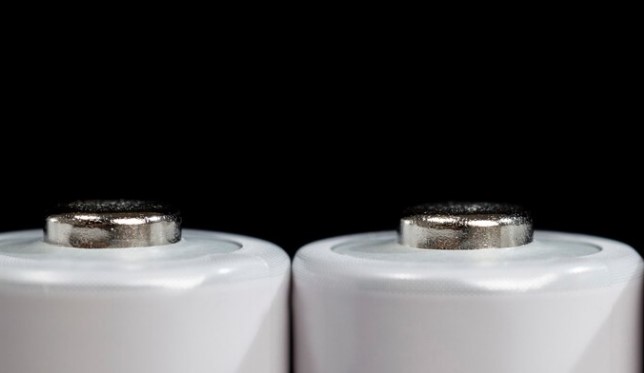In the vast expanse of cables that power our digital lives, the Micro USB cable could be considered the unsung hero. In this blog post, we’re going to unravel the tale of this diminutive yet powerful connector that has transitioned into a ubiquitous piece of technology, and we’ll explore why it remains relevant in the face of newer, flashier cable models.
The Micro USB Cable Demystified
Before we can truly appreciate the Micro USB cable, it’s vital to understand what it is. This particular breed of USB cable, with its smaller and sleeker design compared to the USB Type-A and Mini USB predecessors, was introduced in the mid-2000s. With its oblong shape and five pin design, it quickly became the go-to choice for a vast array of electronic devices, from smartphones and tablets to digital cameras and more.
The Role of the Micro USB Cable in the Tech Ecosystem
At its core, the Micro USB cable is about connectivity and power. It has a knack for bridging the gap between our devices and power sources. Given the proliferation of gadgets requiring charging, it’s no surprise that a cable capable of channeling the necessary energy for a multitude of devices is in high demand. But the Micro USB’s duties extend beyond simply charging — it can also facilitate data transfer, allowing for a seamless movement of information between devices.
Why the Micro USB Cable Holds Its Own in Today’s Tech World
Despite the illustrious arrival of USB-C, the Micro USB cable has refused to fade into obsolescence. Part of this resilience can be attributed to sheer numbers; for a long time, the Micro USB cable was the standard for a majority of smartphones and devices. This widespread adoption ensured a long shelve life for this humble cable. Coupled with this is the cost factor. Micro USB cables are relatively inexpensive compared to their USB-C counterparts, which makes them an attractive option for those who are more thrift-minded.
Micro USB Cable Considerations in a USB-C World
While the Micro USB’s legacy is solid, it’s important to acknowledge its limitations, especially with the tech world’s pivot towards USB-C. USB-C brings with it faster data transfer and charging speeds, as well as the added convenience of being reversible. Despite these advantages, it would be remiss to discount the Micro USB cable entirely. It still remains a reliable workhorse for devices that have yet to make the USB-C leap, and for some, its very simplicity is its strength.
The Environmental and Social Impact of Micro-USB
Lastly, we can’t discuss the Micro USB cable without touching on sustainability. With the mass production and disposal of electronic waste being pressing environmental concerns, opting for a universal standard like the Micro USB can lead to reduced waste. Its longevity within the tech market also makes it a staple for many budget-friendly and secondary usage devices, which benefits individuals and organizations aiming for sustainable tech practices.
Parting Thoughts on the Micro USB Cable
In conclusion, the Micro USB cable might be small, but its influence and utility are far from insignificant. It has carved out a corner for itself in the tech ecosystem, and even with the winds of change brought by newer cable models, its presence is felt and appreciated. Whether you’re packing for a trip or simply looking for a reliable way to power up your favorite device, it’s reassuring to know that the Micro USB cable is there — ready to connect, charge, and transfer what you need.



